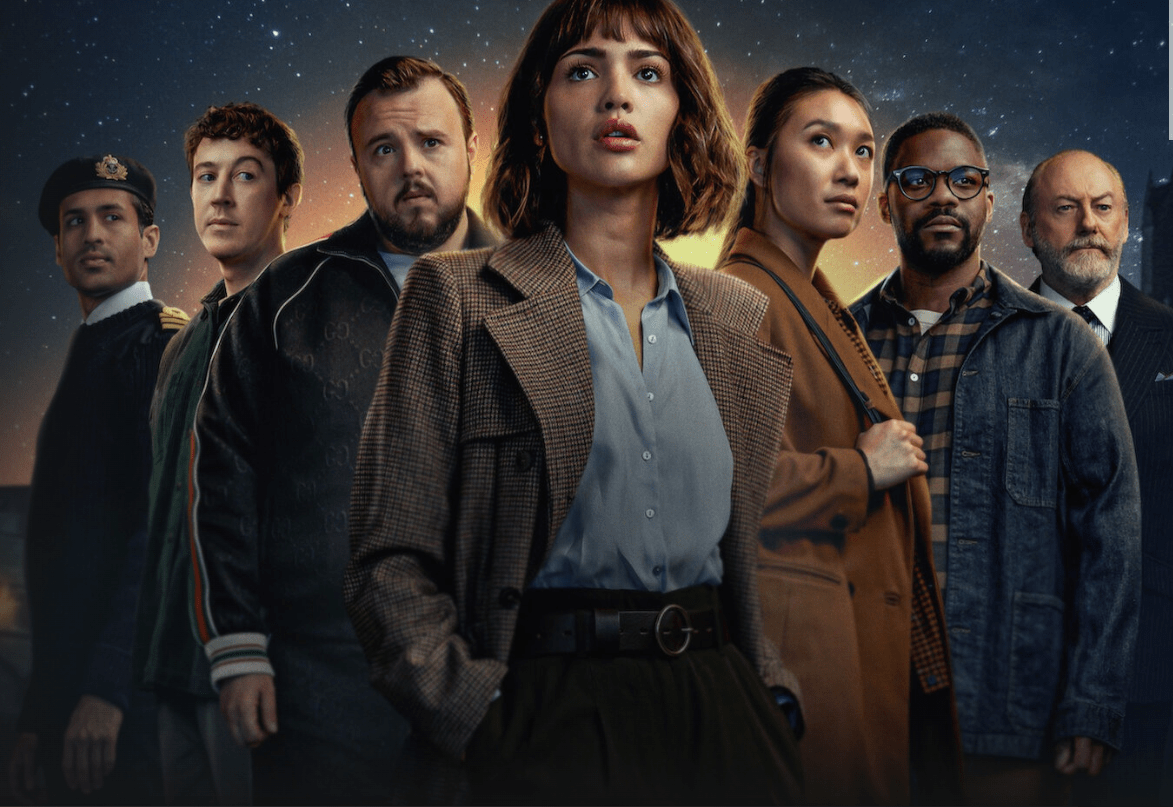
On this day in 1944, George Walton Lucas Jr. was born in Modesto, CA. He graduated from the University of Southern California in 1967, co-founded American Zoetrope with another filmmaker Francis Ford Coppola, and started making films that eventually changed America cinema.
He would one day go on to create the Star Wars franchise, one of the most popular space-based science fiction empires in history. The Star Wars franchise now includes the nine primary movies, at lease two additional movie spin-offs, a whole bunch of TV series, both animated and otherwise, and many fan films as well.
Here are a few fun facts about Mr. Lucas:
- George and his family attended Disneyland during its opening week in July 1955. Disney would later buy his Star Wars film empire, Lucasfilm, for about $4 billion.
- While the Vietnam War was drawing in many American youth to fight overseas, George was first turned down by the US Air Force because of all his speeding tickets and later by the US Army because of his diabetes. He later taught documentary cinematography a class of U.S. Navy students.
- A divorce and financial setbacks caused George to step back from making any additional Star Wars films after The Return of the Jedi. Of course, he later came back to direct the first three films of the series (I-III) and hand-picked director J. J. Abrams to direct the last three (VII-IX), even though Disney had thrown out George’s ideas for these last three films.
While Star Trek has probably done more to push viewers towards questions about space travel and exoplanets, Star Wars did introduce some ideas that kept some scientists chattering.
No matter what set of Star Wars films you prefer (my favorites were the three original films), there has been plenty action-packed films and spin-offs since 1977. We are fortunate that Mr. Lucas did not give up on his science fiction dream.
Happy 80th birthday, Mr. Lucas.







